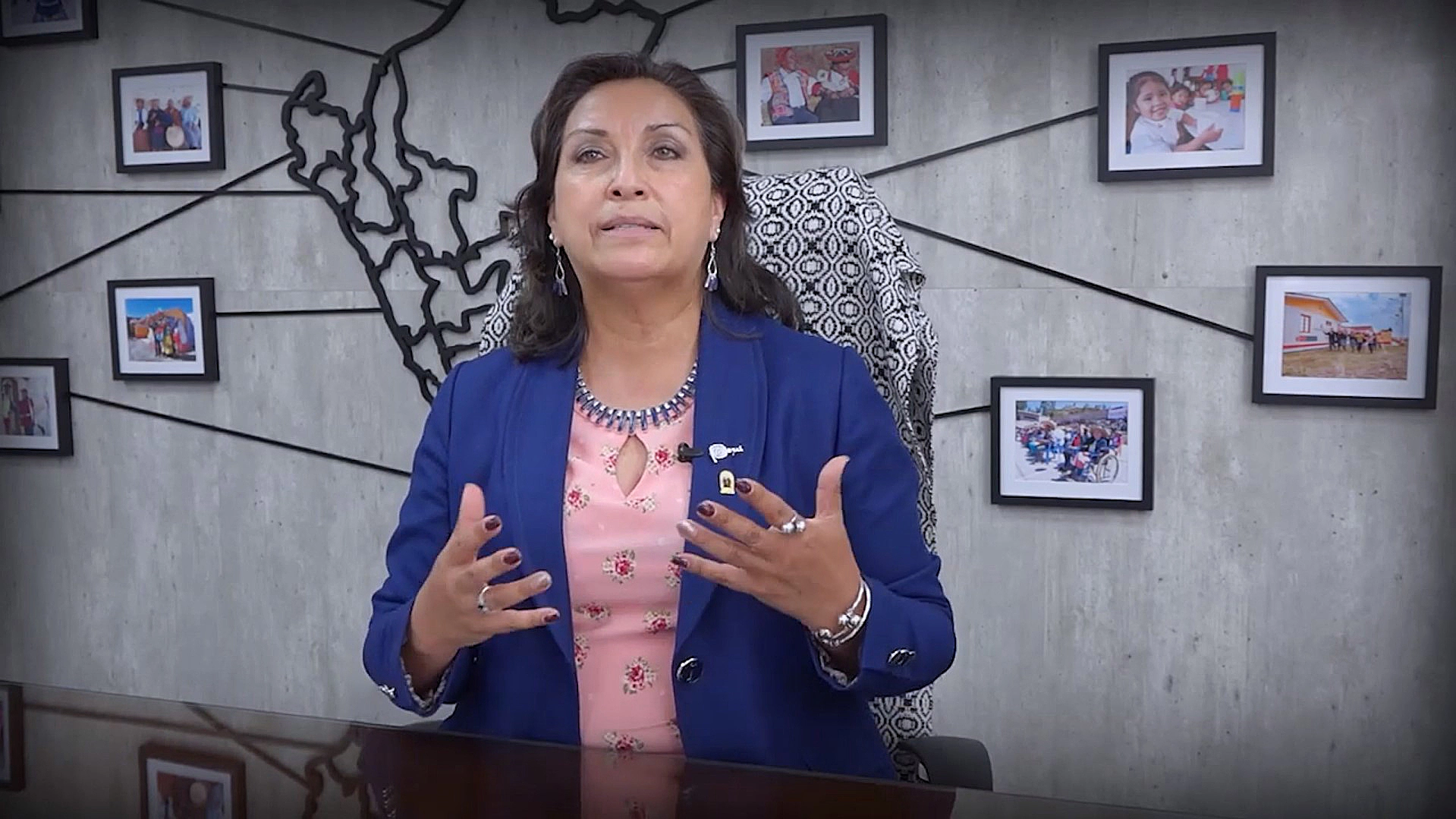Peru’s economy has been contracting for six months, marking its longest recession in over two decades.
In October, economic activity fell by 0.82% year-on-year, slightly less than the expected 0.9% contraction.
This downturn is part of a wider trend of economic decline. Political instability and social unrest have weakened business confidence, impacting growth.
Poverty in Peru has risen to 27.5%, undoing a decade’s progress. Unemployment is increasing as well.
The political landscape has been unstable, with seven presidents in eight years. Allegations of corruption are widespread.
The judiciary is challenging Peru’s commitments to international bodies. During Boluarte’s presidency, protests led to numerous deaths.

Yet, there have been no charges for these fatalities. This has raised concerns about the health of Peru’s democracy.
A prominent Peruvian political scientist described democracy as a “walking corpse,” appearing functional but critically damaged.
Political crises are the main culprits of economic decline
The Central Bank’s survey highlights political instability and social unrest as major growth barriers.
This is a stark contrast to the bank’s 2015 survey. Business owners previously did not cite these as key concerns.
Economic issues were manageable due to a stable central bank and finance ministry.
Despite a manageable deficit and low debt, the political crises are the main culprits of economic decline.
Boluarte’s leadership has seen a split in approval ratings. The wealthy approve of her more than the poor do.
The current administration has largely ignored the areas most affected by protests.
Under Castillo’s presidency, capital flight reached US$17 billion in 2021, driven by fears among the elite.
Moody’s expects a rebound in 2024, with a projected 2.7% growth. This growth might help reduce poverty slightly, provided El Niño doesn’t cause significant damage.
Recovery from the recession is expected in the first quarter of 2024. Key to this recovery are consumer spending and primary sector production.
However, job improvement might lag, only picking up in the latter half of 2024. Private investment is also expected to recover later in the year.
In conclusion, Peru’s economic struggles are closely tied to its political instability.
The once-promising economy now faces significant challenges, with hopes pinned on a recovery in 2024.
The impact of these challenges spans various sectors, affecting poverty, unemployment, and investor confidence.

